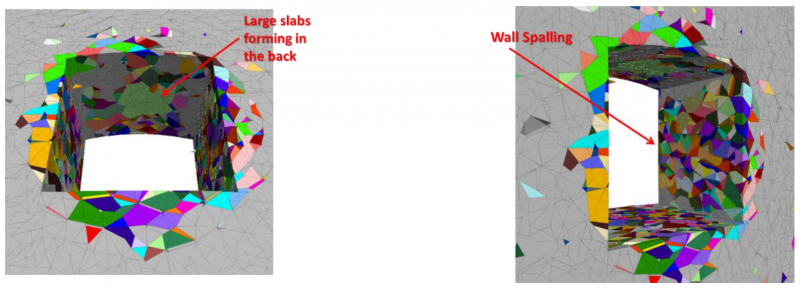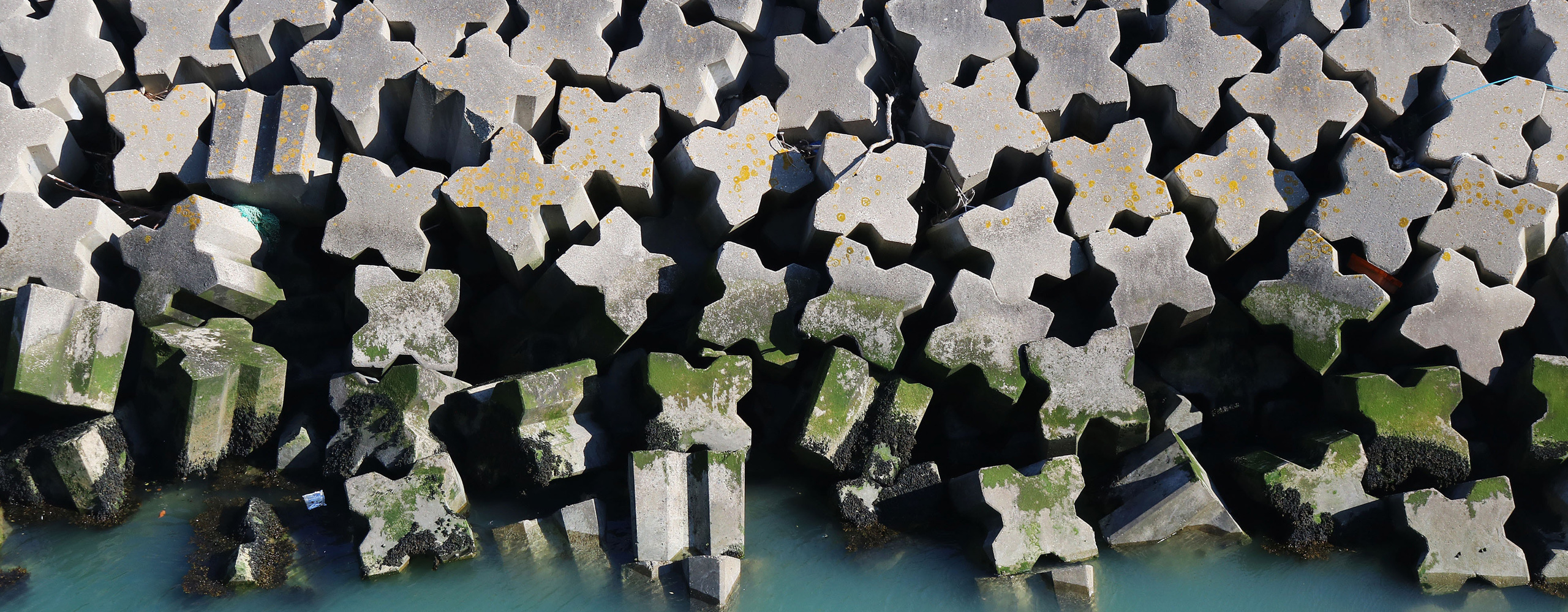Use of 3DEC to Study Spalling and Deformation associated with Tunnelling at Depth
TV Garza-Cruz Itasca Consulting Group, Inc., USA
M Pierce Itasca Consulting Group, Inc., USA
PK Kaiser Laurentian University, Canada
For mining at depth or deep caving operations, it is increasingly important to better understand the failure process near underground excavations, and for support design, it is necessary to better anticipate the related deformation characteristics of brittle failing rock.
This paper describes how 3DEC was used to model the rock mass as an assembly of tetrahedral (tet) blocks bonded at their contacts and to investigate spalling and unidirectional bulking of massive to moderately jointed rock masses by introducing tensile strength heterogeneity at the block contacts. The 3DEC approach differs from particle-based methods in its ability to represent a zero-initial porosity condition as well as interlocked irregular block shapes that provides resistance to block rotation (moments) after contact breakage. These processes tend to dominate the rock mass behavior in low confinement zones near excavations, and thus are relevant for both stability assessment and support design.
The results of simulations employing this approach are summarized to assist in understanding the growth of fracture patterns and related stress redistribution, as well as deformation around a highly stressed tunnel. Mining-induced stress changes are approximated to simulate the effects of overmining with an undercut as typically used in a cave mine
The model response is found to be consistent with current theories concerning the spalling and bulking of massive rock at depth and with observations made in analogous civil and mining tunnels. However, the results also suggest that results from continuum models with plasticity models may be misleading in terms of extent and deformation in the non-elastic zone.
This paper supports the view that excavation stability in brittle rock types is dominated by tensile or extensional failure processes near the excavation and that bulking enhanced by geometric block-shape factors needs to be considered for support design.

Rockmass damage at a 1 MPa support pressure. Colors indicate distinct fragments, elucidating slab formation by extension failure at block boundaries as the main failure mechanism.
Deep Mining 2014 — M Hudyma and Y Potvin (eds)
© 2014 Australian Centre for Geomechanics, Perth, ISBN 978-0-9870937-9-0
